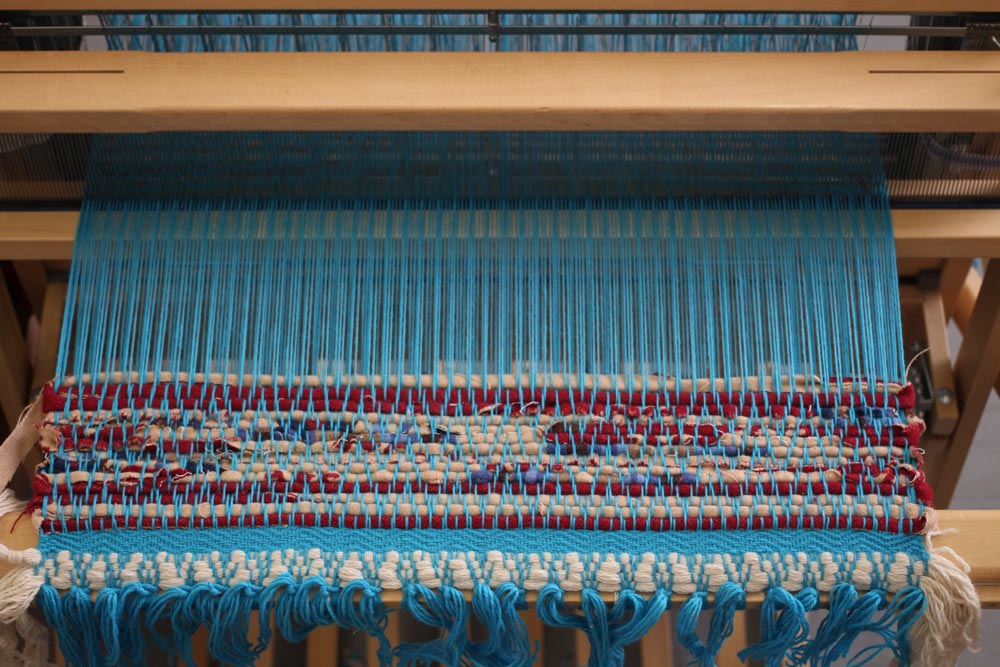So I did it all. I washed and scoured part of the sheep fleece and a small portion of the alpaca I was so generously given. A messy job, but not as difficult as I originally thought it would be.
Below are the basic steps to how I scoured the fleece I received. I used medium sized lingerie bags with large mesh holes. I think large holes were important given that there was so much VM (vegetable matter, that is); they were imperative for allowing all the junk to fall through while containing the locks in the bag.
The one downer to all this is the amount of water I had to use. I'm thankful that our apartment has scalding hot water straight out of the tap, but I had a strange sense of guilt from using so much. For the first small batch - my test batch - I used my handy 4 gallon OXO bucket.
I gave the wool two 5 minute soaks in separate hot water baths. I didn't even add detergent at this point. The first two rinses were so dirty, it didn't seem worth while - the second the bag hit the bucket the water turned the color of mahogany or maybe the color of an espresso with nothing added. And this is after I did some intense skirting on this fleece, so no, there weren't any poop tags or muddy locks. I will spare you the first rinse picture.
Fi really had the need to watch the whole process. She had the best seat (and view) in the whole place.
Now comes the detergent. I used regular ol' Dawn liquid dish soap because that is what everyone on the interwebs suggested. I guess if it can clean an oily penguin, it can get lanolin out of some locks.
Then another rinse. Although this one looked a little dirty still, so I repeated the soap soak followed by two clean water soaks.
Socks couldn't stop watching either. And they were obsessed with the cloth bags I was storing the fleece. (Oddly they didn't want to have anything to do with the cleaned wool.) Before I washed them, the bags smelled like a clean barnyard because I had added lavender packs to the bags to keep away moths and other insects. Classy. Socks wanted to sleep on them!
After the last rinse, I let the bags drain then rolled the wool on a towel to get out the excess water, similar to how I would clean a wool sweater. The result? Clean locks! You can still see some VM, but look how white they turned out! I can pick out the big VM, but the rest will (hopefully) come out when I pick and card it.
After the small test batch, I tackled the whole of it. Somehow I timed it perfectly to be drying in the afternoon sun!
































